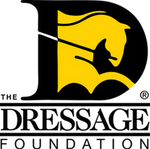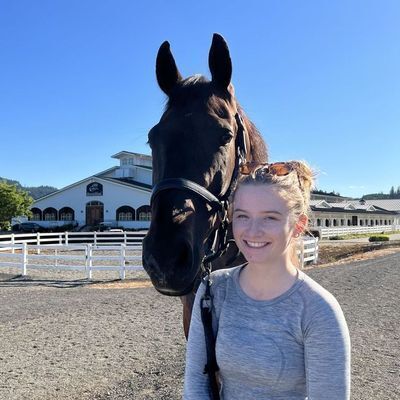
I have been riding dressage since the age of five and my love for the horse and the technicality of the sport has only grown over time. The chance to go to Florida and learn from some of the best dressage professionals in the world is something I have always dreamed of. I am so grateful for this opportunity that will allow me to gain a deeper understanding of dressage and help me work towards my gold medal in the future.
Emma's Day 1 Journal:
Kylie Lourie, owner of TyL Farm:
- It is okay to make mistakes - everyone makes them. You are constantly learning in this sport.
Watching Adrienne Lyle Teach Her Students:
Quinn Iverson: Lesson on Beckham
- If you are struggling with a particular concept in the trot or canter, you should always go back and make sure your horse understands it at the walk. For example, Quinn worked on Beckham’s straightness by doing walk-halt transitions
- The goal in the trot is to create more volume, not to make the horse faster
- The horse’s brain should be calm - they shouldn’t panic with a tickle of the whip
- You should never correct a horse while they are in a flying lead change because the issue is rarely the change itself
- You should try to ride with your calf before your spur
- The horse’s work schedules are tailored to their training needs. Most work 2-3 days and then hack/trail ride the rest of the week
Katie Duerrhammer: Lesson on Fair Play
- You must always think of how you can set the horse up for success
- Not all horses are the same - some may need to stretch at the beginning while less balanced horses may need to stretch at the end of their ride
- The horse's mouth reflects their brain. If their mouth is quiet, their brain is calm
- As long as the horse is in the arena they should be working, which means that their walk should be of high quality even if they are taking a walk break
- A horse breaking into the canter from the trot is typically a sign that they are falling behind your leg
- When looking to buy/train a horse it is essential to understand what type of horse you can ride well - each rider has unique skills/capabilities which should be matched to the horse
Quinn Iverson: Lesson on Gremlin
- In the collection, a horse’s back should come up and relax
- If the horse tends to go behind the bit, work towards getting the base of their neck and back engaged
- Have an expectation for the kind of contact you want - if the horse is too strong, rock him back to rebalance him
- There should be a constant cycle of rocking the horse back, closing him up, and relaxing
- The goal is for the horse to respond to the lightest possible aid
- If you bend the neck, make sure the horse’s hind legs stay active
Christian Simonson: Lesson on Zeaball
- In the collected work, you should have more horse in front of you than behind you
- If the horse struggles with pressure, the leg yield encourages them to move forward by giving them somewhere to go
- The horse should move around your inside leg
- The goal is for the horse to learn - our job as riders is to explain it to them. You can always go back to the walk and re-explain it there
Adrienne Lyle
- The biggest barrier to the Grand Prix is the passage/piaffe but the horse must also have the mindset and willingness to do the work
Betsy Juliano
- Communication is key in a sponsorship/syndicate - it makes the boundaries and expectations clear
- You don’t have to reinvent the wheel
Dinner with Margaret Duprey
- Communication with sponsors/syndicates/partnerships is key
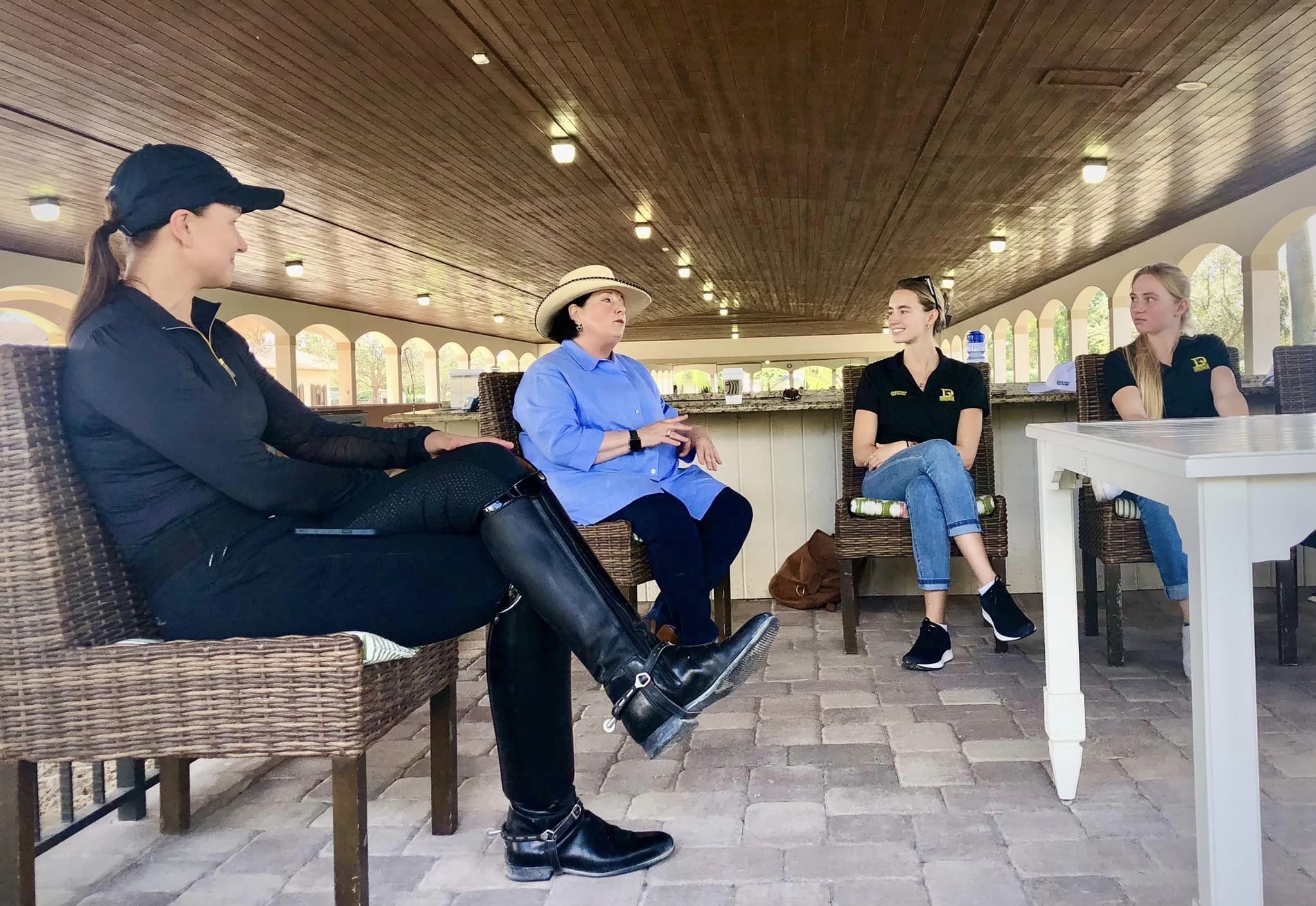
Speaking with Adrienne Lyle and Besty Juliano about rider/owner relationships
Long-Lining Demonstration with Kathy Connelly:
- Long-lining is one of the best ways to train the piaffe
- Long-lining is a unique training tool because it allows you to develop a separate relationship with the horse
- You are able to see your horse’s body do things outside of the saddle
- It is a great opportunity to build trust with your horse
- You can tell if a horse is relaxed if you are able to touch their side and they do not flinch
- You must use the whip quietly, properly, and effectively - you should touch the horse yourself while they are on the long line before you touch them with the whip
- When long lining, you should keep your eye on the horse’s head (hard eye) but also focus on the overall picture with your peripheral vision (soft eye)
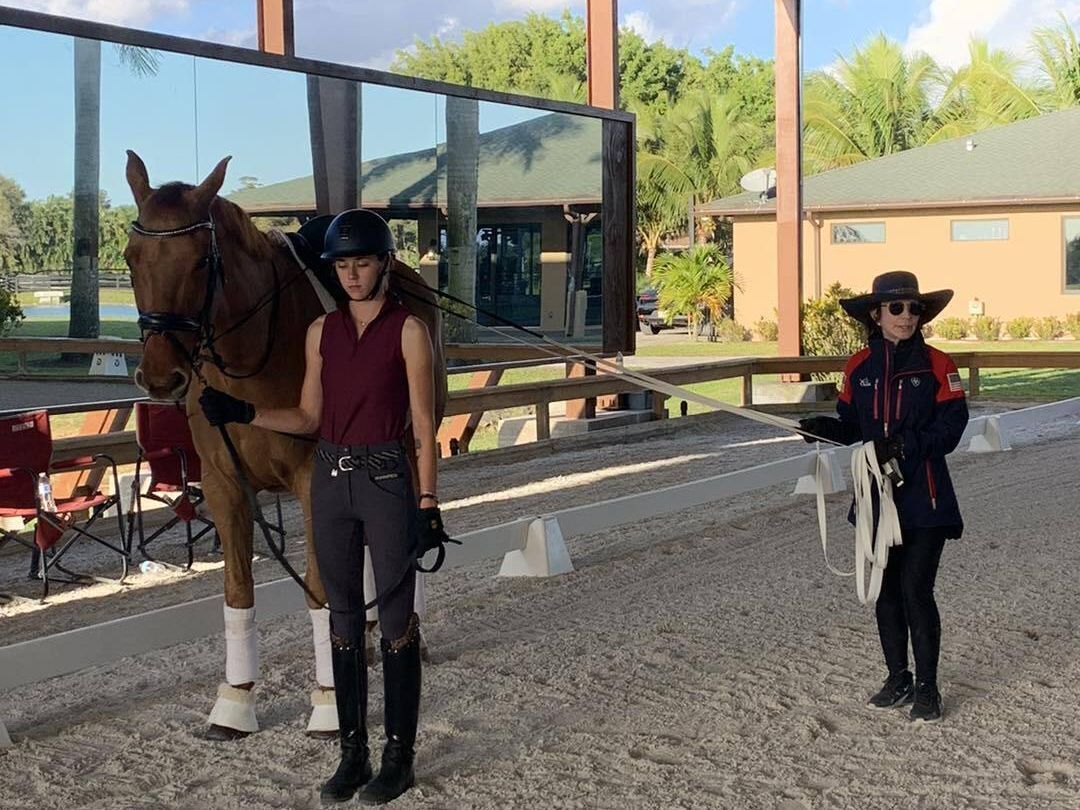
Long-lining demonstration with Kathy Connelly
Emma's Day 2 Journal
Learning from JJ Tate:
- We don’t train horses differently; we approach each horse as an individual within the solid system of dressage.
- The horse should be unconstrained by the rider’s weight and hands and uncluttered in the mind.
- The horse should be free, forward, and flowing.
- Forward is a state of mind - the horse should be taking you somewhere.
- You can find meaning and purpose in the everyday - everyone has their own pathway to success.
- When you are training the goal is to build the horse’s vocabulary by tuning the “dials” in the horse’s frame, stride, and bend.
- The horse evades through speed, inversion, and crookedness.
- You should find the least common denominator behind a horse’s problem - it can always be traced to the basics.
- What happens in the neck can be traced back to the hind legs.
- The shoulder-in can help improve the hocks, the haunches-in helps with the stifle, and the half pass helps with the lumbar/back.
- The hock to the lumbar, lumbar to the wither, and wither to the bit are the three points of the horse that must be round so the horse can carry weight in their body.
- It’s important to build confidence so the horse feels proud and capable.
- We don’t put the horse on the bit we create the situation where the horse puts himself on the bit.
- Cavalettis can be a great way to help the horse seek the bit.
- Walk/canter transitions help to build the collection.
- Walk/trot transitions help to build engagement.
- The arch in the horse’s back is the rainbow and the horse’s mouth is the pot of gold.
- Speed is the enemy of impulsion.
- The horse has two different types of power: carrying power and propulsion.
- You should be able to control the three strides before the flying change - “collect, forward, ask for change.”
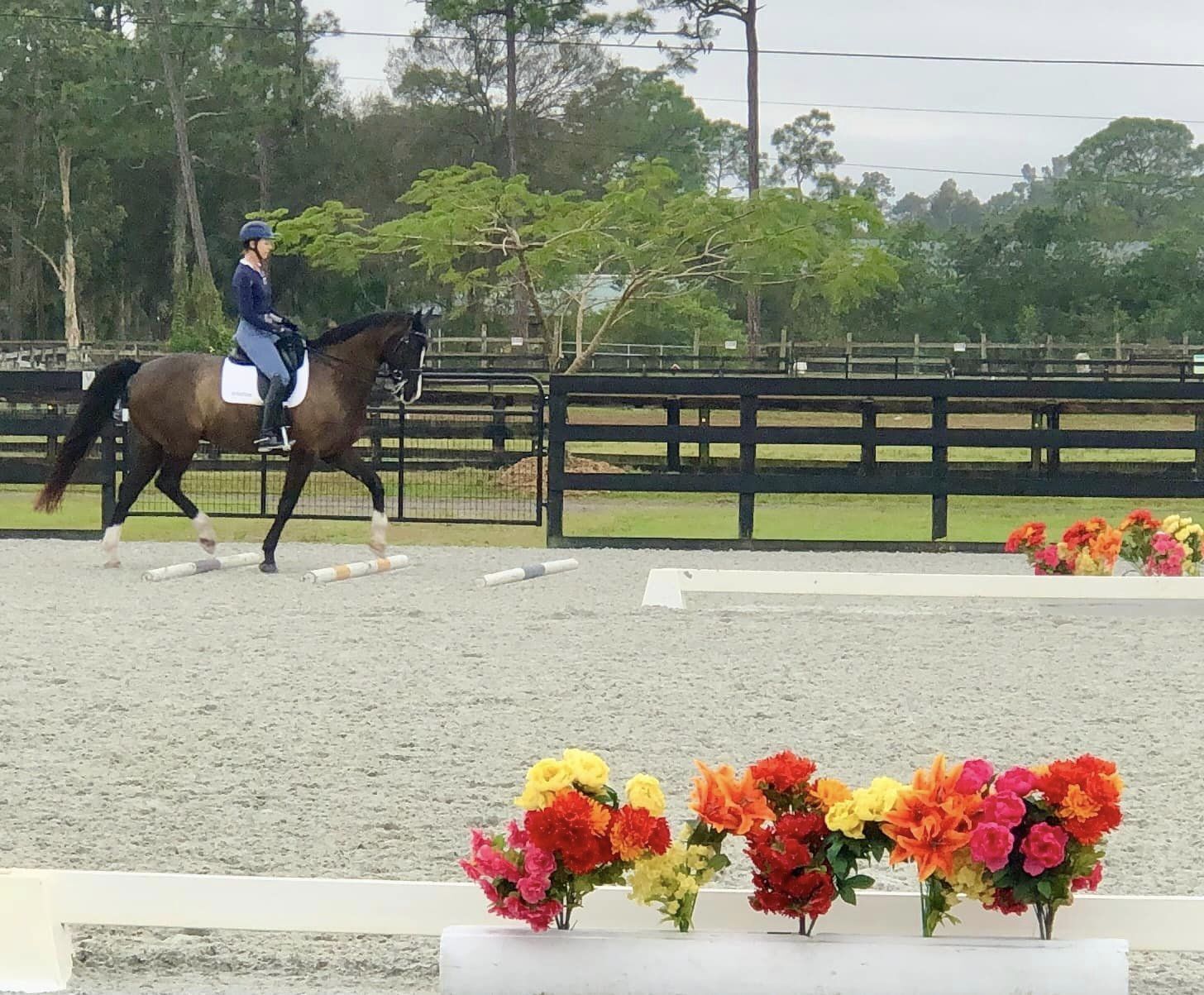
JJ Tate Demonstration
Dinner with Dr. Hilary Clayton and Katie Foster:
Dr. Clayton:
- Equibands help the horse to stabilize their spine which can prevent arthritis and make them more aware of their body.
- Carrot stretches are proven to strengthen a horse’s neck muscles after six weeks.
- If you are going to use a half pad, make sure to use sheepskin because it molds to the horse’s back better.
- It is important to hack horses on different surfaces.
Katie Foster:
- There is so much you can do in the horse world.
- You can find your niche if you take new opportunities.

Tour of Helgstrand Dressage
Emma's Day 3 Journal
Reese Koffler-Stanfield:
- You should set your boundaries
- When you are showing, you might not always be able to help each client, but let them know ahead of time
Ali Brock:
- Take any opportunity that you can
- This sport is tough, and there are a lot of things you can’t control, but it is important to get up the next day and keep trying
- If an opportunity isn’t there now that doesn’t mean it won’t be there in six months
Charlotte Bredahl:
- Have a trainer that wants to invest in you
- Seek out grants/sponsorships that are available
- You never know what opportunity is out there
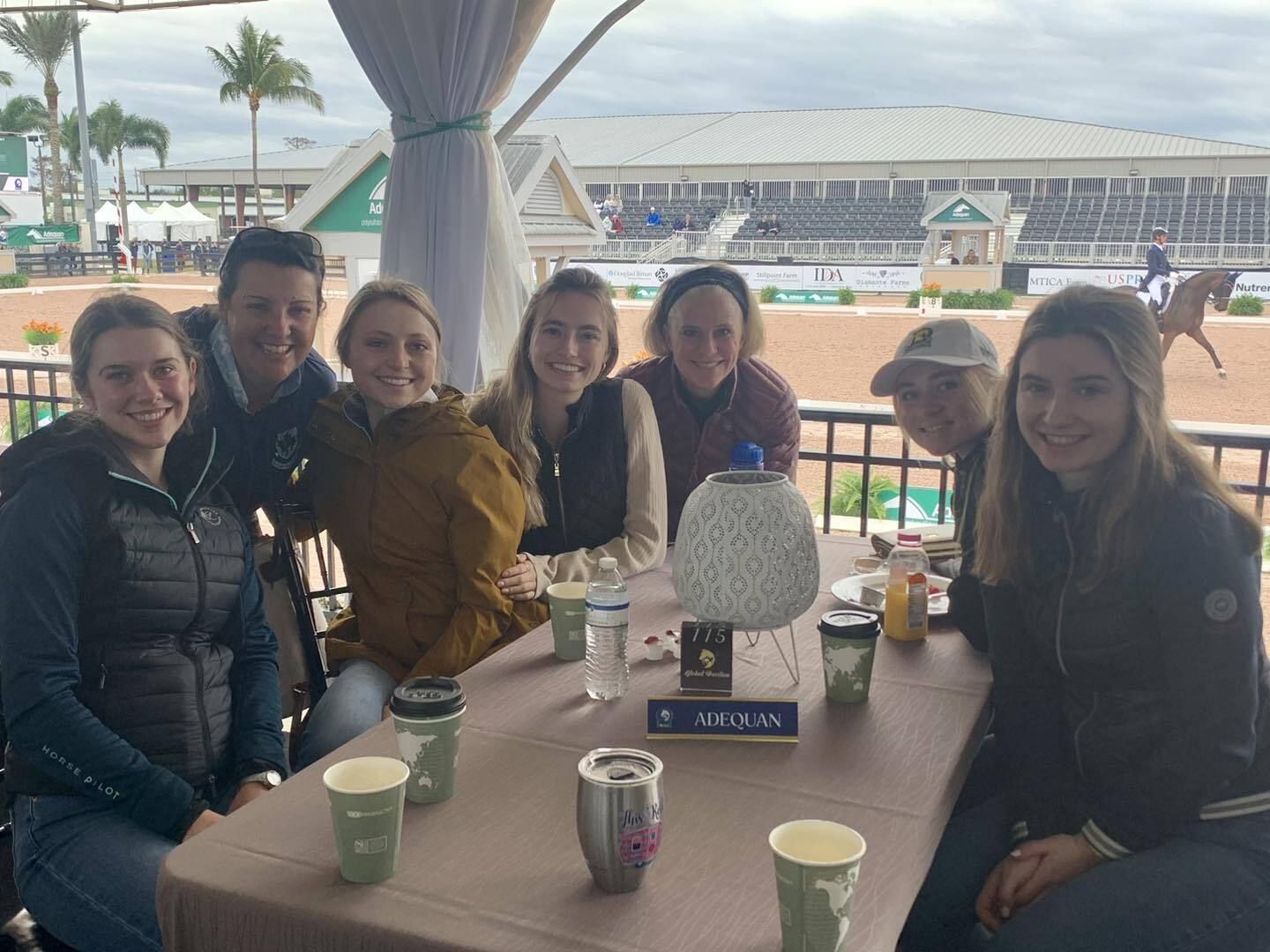
With Reese Koffler-Stanfield
Emma's Day 4 Journal
Jennifer Williams and Oded Shimoni:
- When you shorten the horse’s stride, the hind legs should not slow down and should be moving on their own
- You should use every corner as a test to make sure the horse can sit, load, and keep the same activity
- You should use the walk break to test the extended walk
- You should be able to feel the horse’s hocks in your hands when you put your calf on
- When the horse gives in the jaw it calms them
- You should be able to shorten the horse's steps without shortening the neck
- Submission gives the horse the confidence to do their job
- There is always a simple answer
- It is important to let the horse fail because we are testing them, not punishing them
- If a horse is stressed/spooking, it is usually because their neck is pushed up
- When working with the horse in hand, you can back them up to remind them to sit
- You should visualize a good test before your ride by watching a video of a professional riding through the test or by walking your horse through the test and schooling movements such as the piaffe
- If a horse is lazy and you continue to drive them - you are supporting the lazy
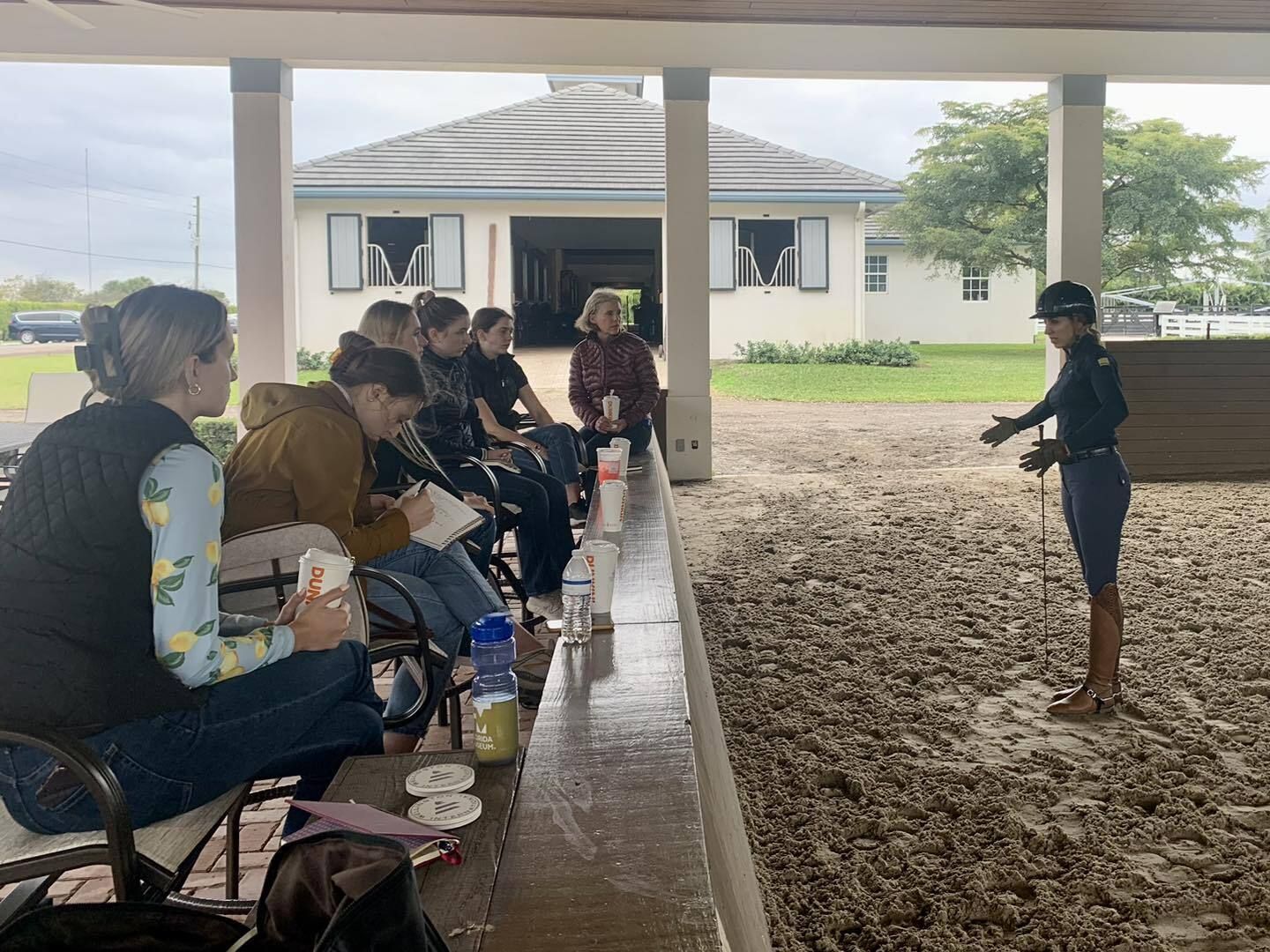
Learning from Jennifer Williams
Judges Bill Warren and Bill McMullin:
- The biggest holes seen in a horse’s training when they first enter the FEI levels are that they need more engagement and self-carriage
- It is important to get exposure to places like Wellington where the riding, coaching, and judging are on another level
- At the end of the day, judges are looking for a harmonious pair
- Look for new opportunities and experiences when you are a young professional - don’t limit yourself to the things that are comfortable

Ringside at Global with judges Bill Warren and Bill McMullin
Emma's Wrap-Up
Overall, this trip gave me a greater appreciation for dressage and provided me with new tools and a solid foundation to approach the training process. A highlight was getting to know the other young riders, Anna, Ava, Emily, and Jill, and learning with them. At the end of the day, it is important to keep the big picture in mind and aim to create a harmonious partnership with your horse. One of the biggest training takeaways for me was the necessity of engagement and reactivity of the horse. Adrienne Lyle emphasized the importance of rebalancing the horse, and Jennifer Williams showed us how to ensure the horse's hind legs stay active. Our job is to teach the horse, and their job is to learn, making our aids lighter over time, and the job of the horse and rider easier.
I am looking forward to applying these tools as I continue to train my horse through the levels. Thank you to all of the professionals who took the time to meet with us and who made this week such an invaluable experience. Also, thank you to The Dressage Foundation and our awesome chaperones, Eliza and Jen, for such a memorable trip.
